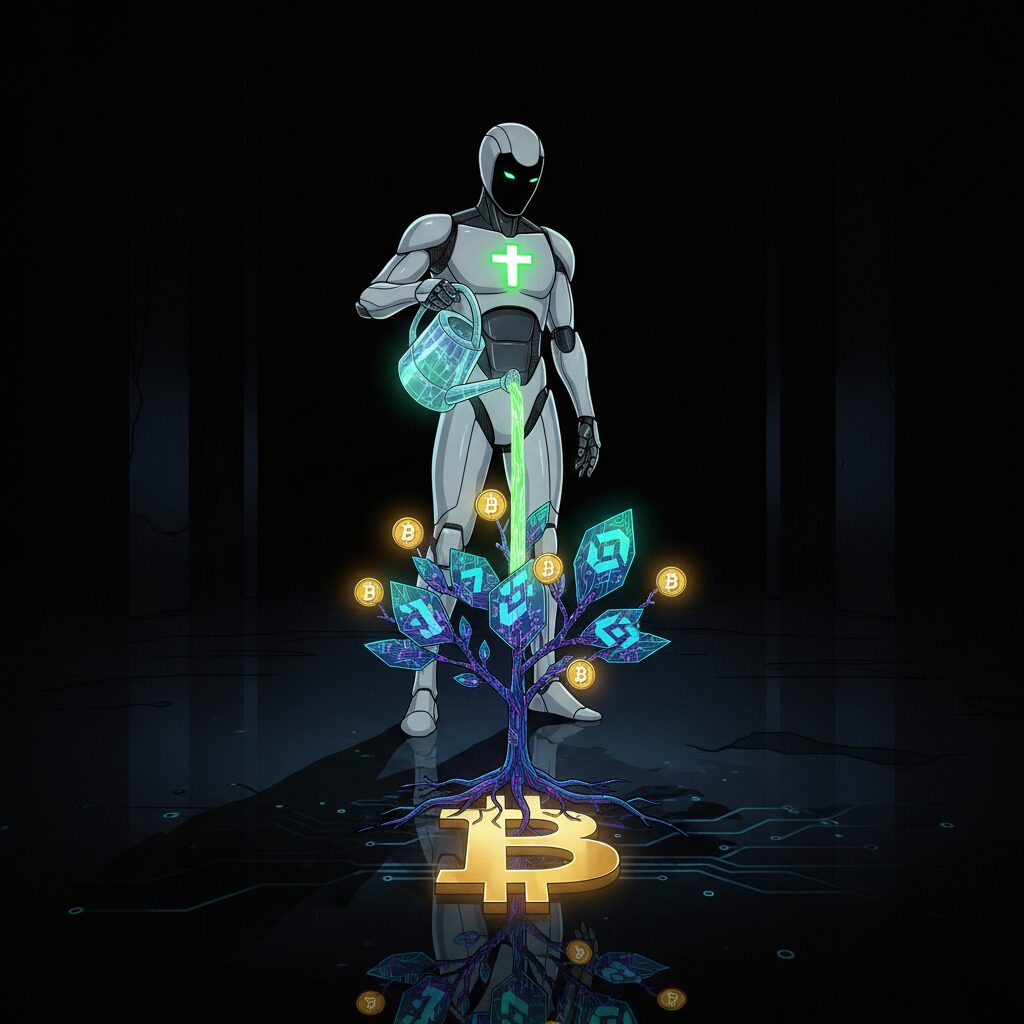Rethinking High Valuations in Crypto: The Case for Real Revenue

In the crypto world, a familiar pattern often plays out: a new project launches with a small fraction of its tokens in circulation but commands a massive Fully Diluted Valuation (FDV). For many investors, this signals a future supply overhang that could suppress the asset’s price. This model, where ownership is initially concentrated, has understandably earned a poor reputation.
But the high valuation itself may not be the problem. Instead, it might be a symptom of an incomplete economic design. When a project combines a revenue-generating product, an aggressive value-capture mechanism, and broad community ownership, a high FDV can transform from a liability into a powerful tool for sustainable growth.
A Case Study in Sustainable Value
Hyperliquid provides a compelling blueprint for this model. Upon launching its token, the market priced it at a significant valuation that, under normal circumstances, might have been unsustainable. The sheer volume of future supply should have overwhelmed demand.
However, Hyperliquid’s innovative perpetual exchange was already generating substantial transaction fees. This robust revenue stream meant its economic engine was active from day one. The market’s high valuation wasn’t just speculative hype; it was a credible reflection of a thriving business model. The verifiable fee generation provided the capital needed to neutralize the future supply and initiate a buyback program, rooting the token’s value in financial performance.
The Buyback and Burn Pact
A buyback and burn mechanism is a direct antidote to the dilution that plagues many token launches. It serves as a transparent, on-chain promise that the protocol’s success will perpetually benefit its token holders. This process creates a powerful alignment between the project and its community.
First, the protocol systematically uses a portion of its revenue, often from fees paid in stablecoins or Ethereum (ETH), to purchase its own tokens on the open market. This creates a constant source of buy pressure, acting as a support floor against selling from token unlocks or market volatility. As user activity and revenue grow, so do the buybacks, signaling financial health and rewarding long-term holders.
Next, these repurchased tokens are “burned”—sent to an unrecoverable address and permanently removed from circulation. This act engineers scarcity, shrinking the total supply and making the remaining tokens inherently more valuable. For holders, this means their proportional ownership of the network increases over time as the total pie gets smaller.
Airdrops as Strategic Ownership Distribution
The final piece of this economic model is the airdrop. Critics often question distributing a large stake in a project with a high valuation, but when that project has a working, revenue-generating product, the dynamic changes. The airdrop evolves from a marketing gimmick into a strategic distribution of equity to its earliest and most loyal users.
This approach turns speculators into long-term stakeholders. By giving ownership to those who use the protocol, it decentralizes control and creates a committed community aligned with the project’s long-term success. It establishes a powerful economic flywheel where value is returned to the users who help create it.
A New Blueprint for Value
A high FDV isn’t inherently flawed; it has just been poorly implemented by projects lacking a real economic engine. When a project launches with a great product, a commitment to return value via mechanisms like buybacks, and a plan to distribute ownership, its valuation becomes a credible reflection of its potential.
This revenue-first approach is the blueprint for the next generation of blue-chip crypto projects. It demonstrates that lasting value isn’t built on artificial scarcity but on creating a real digital economy and ensuring the community that powers it shares directly in its success.










